PROTECT YOUR DNA WITH QUANTUM TECHNOLOGY
Orgo-Life the new way to the future Advertising by AdpathwayTomatoes are among the most flavorful and rewarding crops a home gardener can grow. When they’re home-grown, freshly picked tomatoes offer a flavor that no store-bought fruit can compete with. While they are typically best planted in the spring, we love them too much to relegate them to one season.
If you’re a tomato enthusiast living in a warm climate, we have some exciting news for you. In many cases, it’s possible to plant tomatoes just before the fall. If you time it right, under the right conditions, you can expect a plentiful harvest before winter comes around.
As the summer crop is beginning to fade, you may be questioning whether it’s ok to start another crop. The answer is that you may be able to plant fall tomatoes. Let’s discuss who should try it and how to make it a successful harvest.
Glacier Bush Tomato

Glacier Bush Tomato Seeds
Sun Gold Pole Cherry Tomato

Sun Gold Pole Cherry Tomato Seeds
Sweetie Pole Cherry Tomato

Sweetie Pole Cherry Tomato Seeds
Where it Works
Tomatoes are warm-weather vegetables, so in some regions, fall planting is simply not feasible. There are workarounds to that, however, as with many gardening conundrums.
Warm Climates (Zones 8-11)
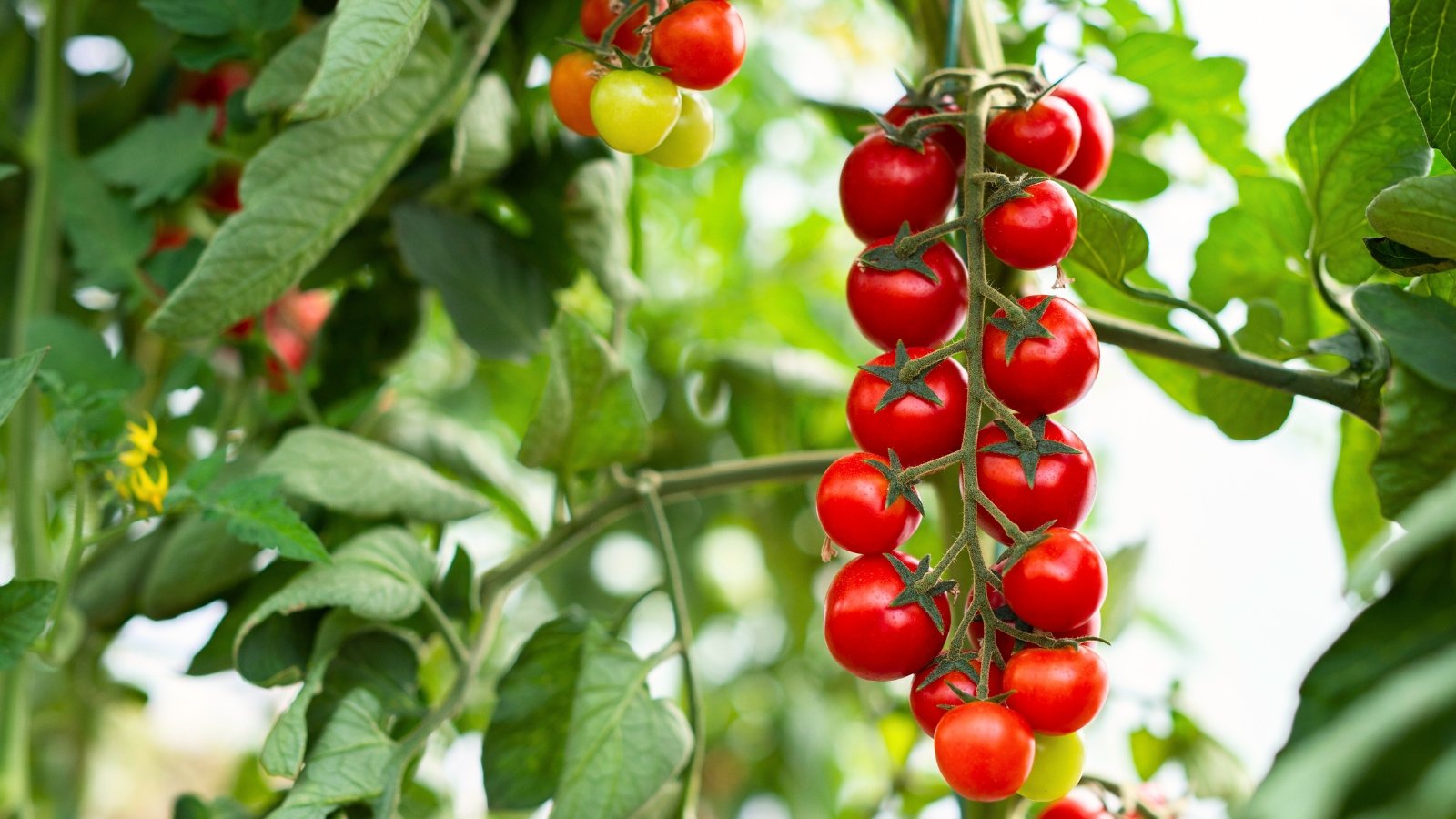 Less bug trouble means more energy goes into growing.
Less bug trouble means more energy goes into growing.With proper planning and care, gardeners in zones 8-11 shouldn’t have trouble planting tomatoes to harvest in the fall. In fact, fall planting can have some advantages in these regions. It could result in healthier plants and better fruit quality.
In warmer climates, the fall offers milder temperatures and less pressure from pests and diseases. Warm soil and cooler (though not cold) air create a pleasant environment that most plants thrive in.
Tomatoes require a certain amount of warm weather to grow and produce rapidly. When nighttime temperatures consistently drop below 50°F (10°C), you can expect plants to slow or stop growing altogether.
Cool Climates (Zones 7 and below)
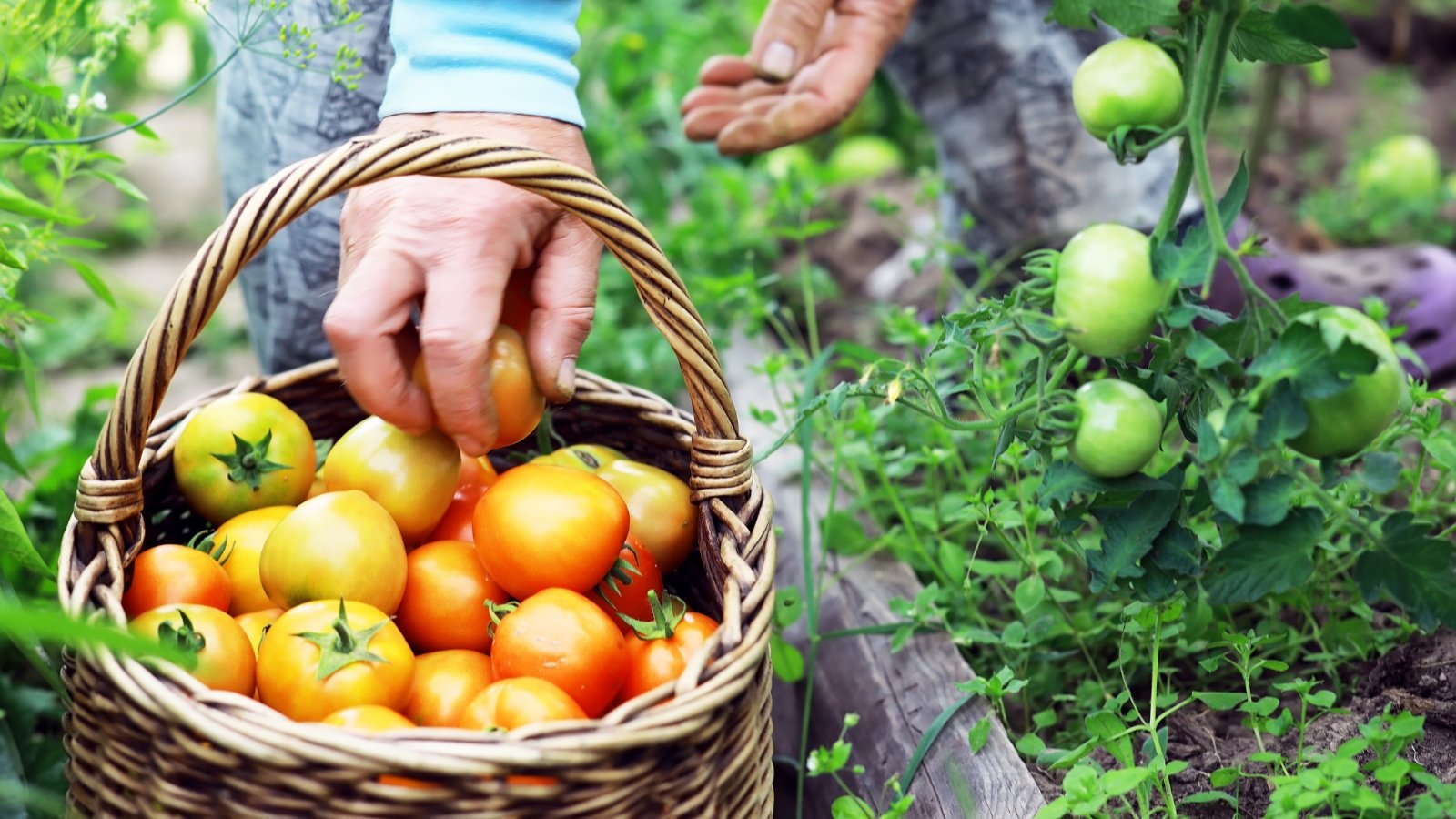 Cold snaps arrive early and stop progress in its tracks.
Cold snaps arrive early and stop progress in its tracks.Anywhere north of zone 8, you’re looking at a tricky situation. The problem is that your first frost date will roll around too soon. You’ll end up wasting time and resources, and your plants won’t ever get to where they need to in order to produce fruit.
The exception is if you grow them in a greenhouse or hoop house. In this case, you’ll have no issues in zones 5-7. North of there, a heated greenhouse is the only way to pull it off.
Timing and Temperature
 There is no sense planting if the fruit won’t have time to ripen.
There is no sense planting if the fruit won’t have time to ripen.Timing to plant fall tomatoes in warm climates is all about working backwards from your first expected frost date. You can also anticipate the point when night temperatures drop below 50°F (10°F). While frost is the true killer, once nighttime temperatures are consistently below 50°F, you won’t see much action.
Look up your region’s first anticipated frost date. The farther north you live, the earlier this date is predicted. In warm climates, such as zones 8-11, it typically occurs between October and December. In zone 11, you may not experience a freeze at all in some years.
Once you have that date, count backward the days to maturity of your selected variety and add two to three weeks. From the time of transplanting, it typically takes between 60 and 100 days for a tomato plant to bear fruit.
Seeds vs. Starts
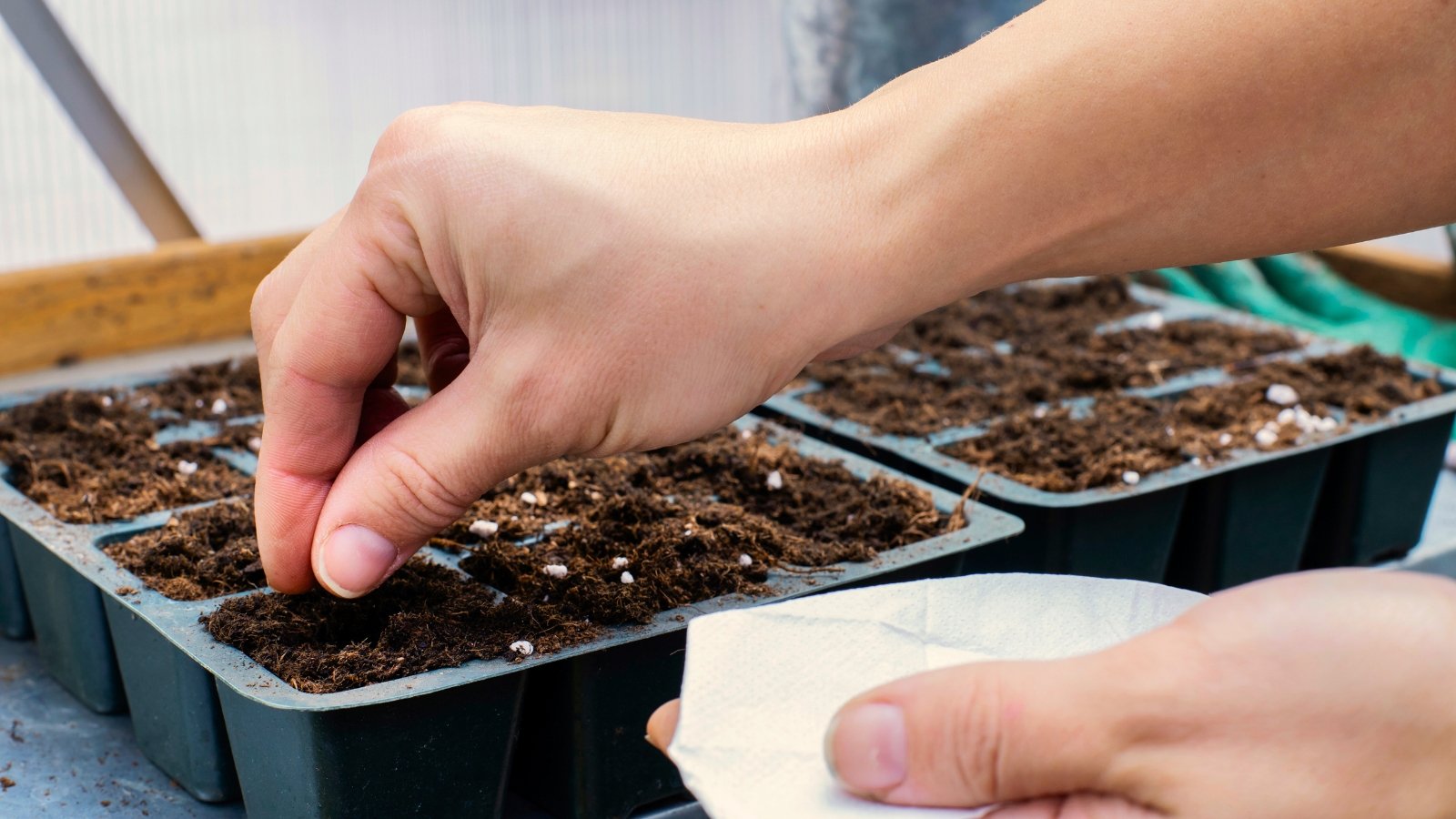 Indoor starts help beat the heat and stay on track.
Indoor starts help beat the heat and stay on track.Once you’ve established your transplant date, you’ll need to determine when to start your seeds to plant fall tomatoes. Late summer is not an ideal time to directly sow your tomatoes. The summer heat can stress your young plants. This places you at risk of an unreliable and unpredictable start.
Tomatoes like warm soil, but when the temperature rises above 90°F (32°C), you’ll see signs of heat stress. It will be more difficult to keep young seedlings going. Instead, start your seeds indoors, about four to six weeks ahead of time. This will place you somewhere in late July or August.

Location
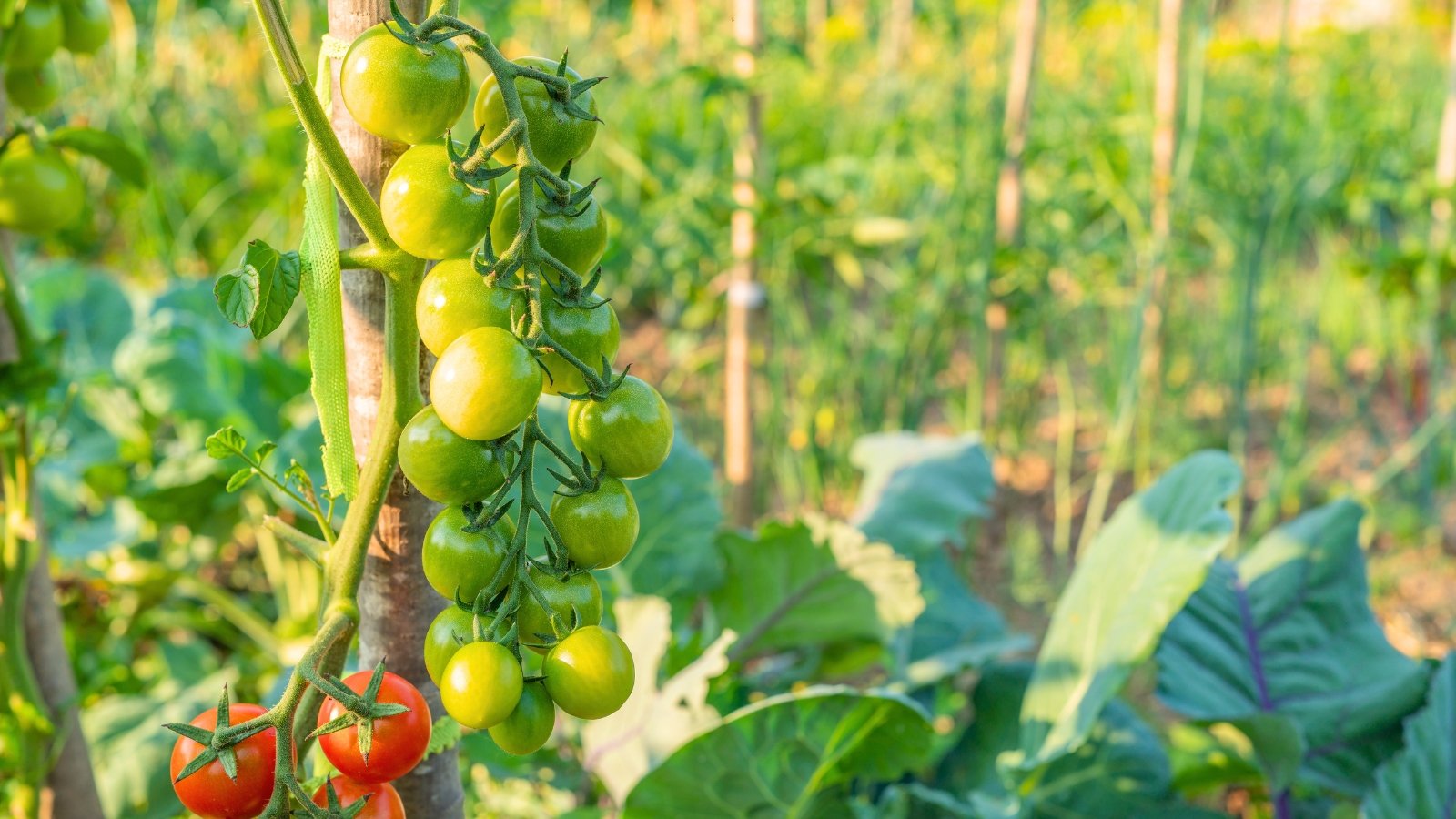 Sunlight matters more as the daylight hours shrink.
Sunlight matters more as the daylight hours shrink.In terms of location, sun exposure and drainage are the main concerns. Tomatoes need full sun, and as the weather cools down, that need will increase. If you can, give them eight hours of full sun daily. Six will typically suffice if this is not possible.
Growing your fall tomato plants in containers and raised beds has certain benefits. For one thing, you can control the soil composition better, which means drainage isn’t an issue. Soil in raised beds also tends to stay warm longer.
Best Varieties for Fall Planting
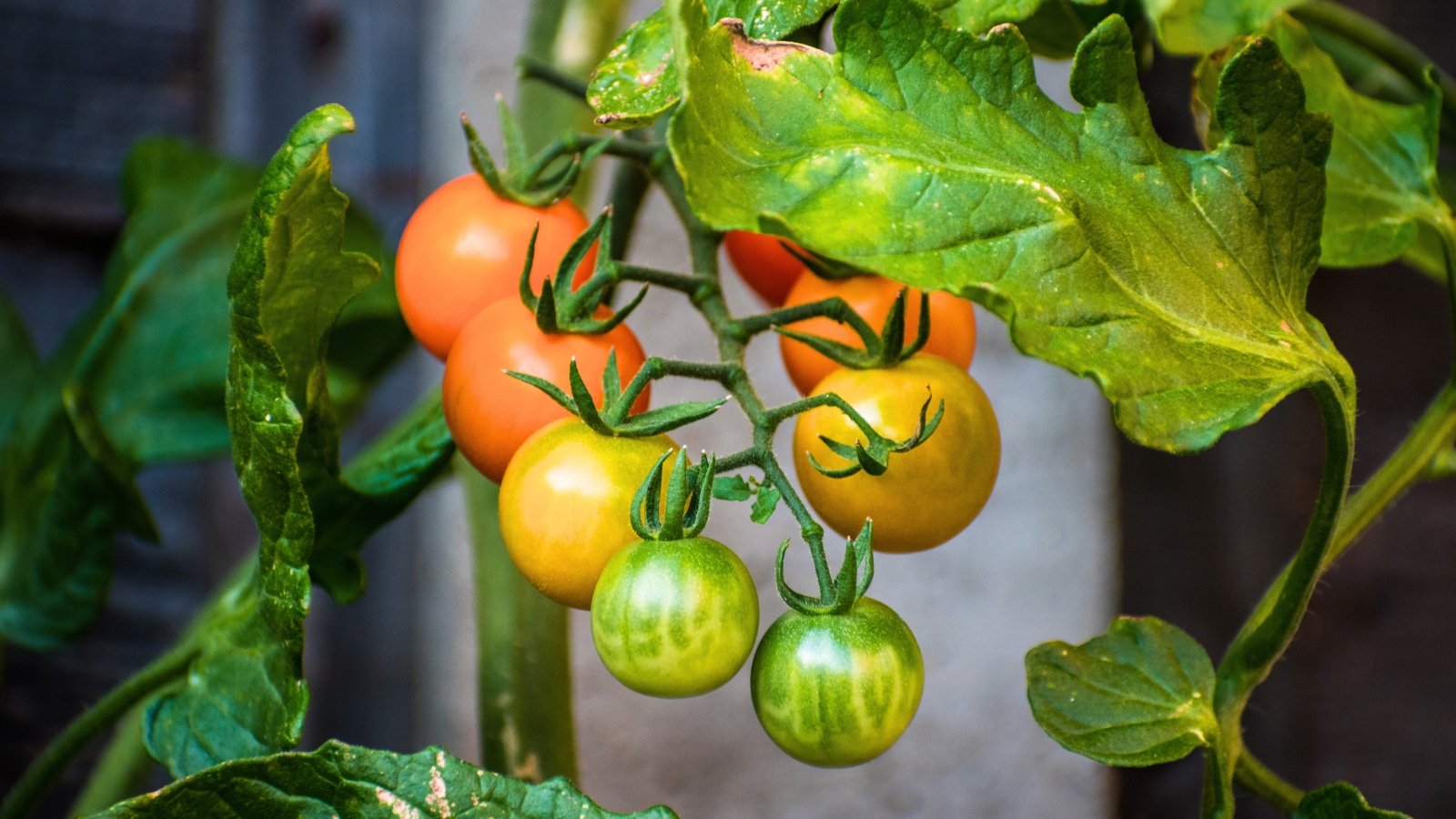 Go with small-fruited types when time’s not on your side.
Go with small-fruited types when time’s not on your side.Much of your success with fall tomato plants is going to hinge on the type of tomatoes you choose. Ideally, you should look for short-season varieties.
Determinate types are a good choice as they ripen at the same time. Small-fruited varieties tend to bear fruit in a shorter time. Some types are also more heat-tolerant, which is particularly important in the early stages.
Here are some of our favorite tomatoes to plant to harvest in fall:
| Heat Tolerant | ||
| ‘Heatmaster’ | Tolerates high heat | 75 days |
| ‘Solar Fire’ | Sets fruit well in hot weather | 70-75 days |
| ‘Phoenix’ | Tolerates heat and sets fruit in hot weather | 75 days |
| Small-Fruited | ||
| ‘Sun Gold’ | Super sweet, heat-tolerant | 55-60 days |
| ‘Juliet’ | Grape, heat and disease resistant | 60 days |
| ‘Sweetie Pole’ | Cherry, low-acidity | 65 days |
| Short Season | ||
| ‘Glacier Bush’ | Semi-determinate | 55 days |
| ‘Early Girl’ | Indeterminate | 50 days |
Care Tips
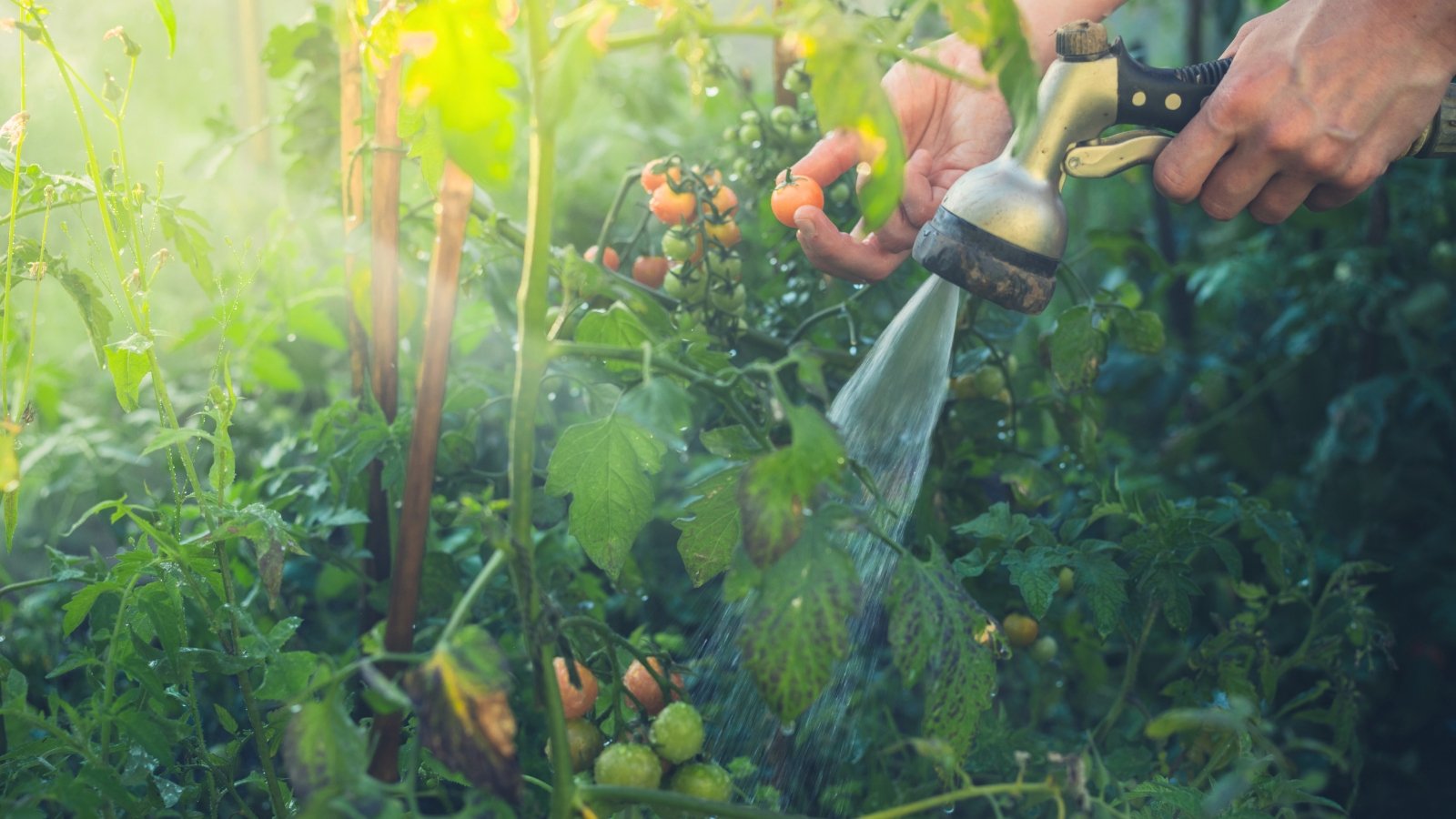 Deep watering fights stress and keeps cracking away.
Deep watering fights stress and keeps cracking away.Since you plant fall tomatoes at the end of summer, the heat will be the primary issue. Start strong by adding a thick layer of mulch to keep the roots cool and retain moisture. A bit of shade during the peak sun hours will go a long way.
Water your transplants deeply and consistently to reduce stress. Consistency is particularly important if you want to avoid cracking. Prune the lower leaves to improve airflow, especially if fall rains are heavy or unpredictable. Cool, moist air can promote the growth of fungal diseases.
As the temperature drops, your fall-planted tomatoes may still need some time to mature. You can extend their life by using row covers or frost cloth at night to offer some insulation.
If a frost is forecasted, pick any fruits, even if they are green. You can ripen them indoors in a warm, dry spot. Putting them in a paper bag with an apple or a banana will speed up the ripening process.


 4 hours ago
2
4 hours ago
2
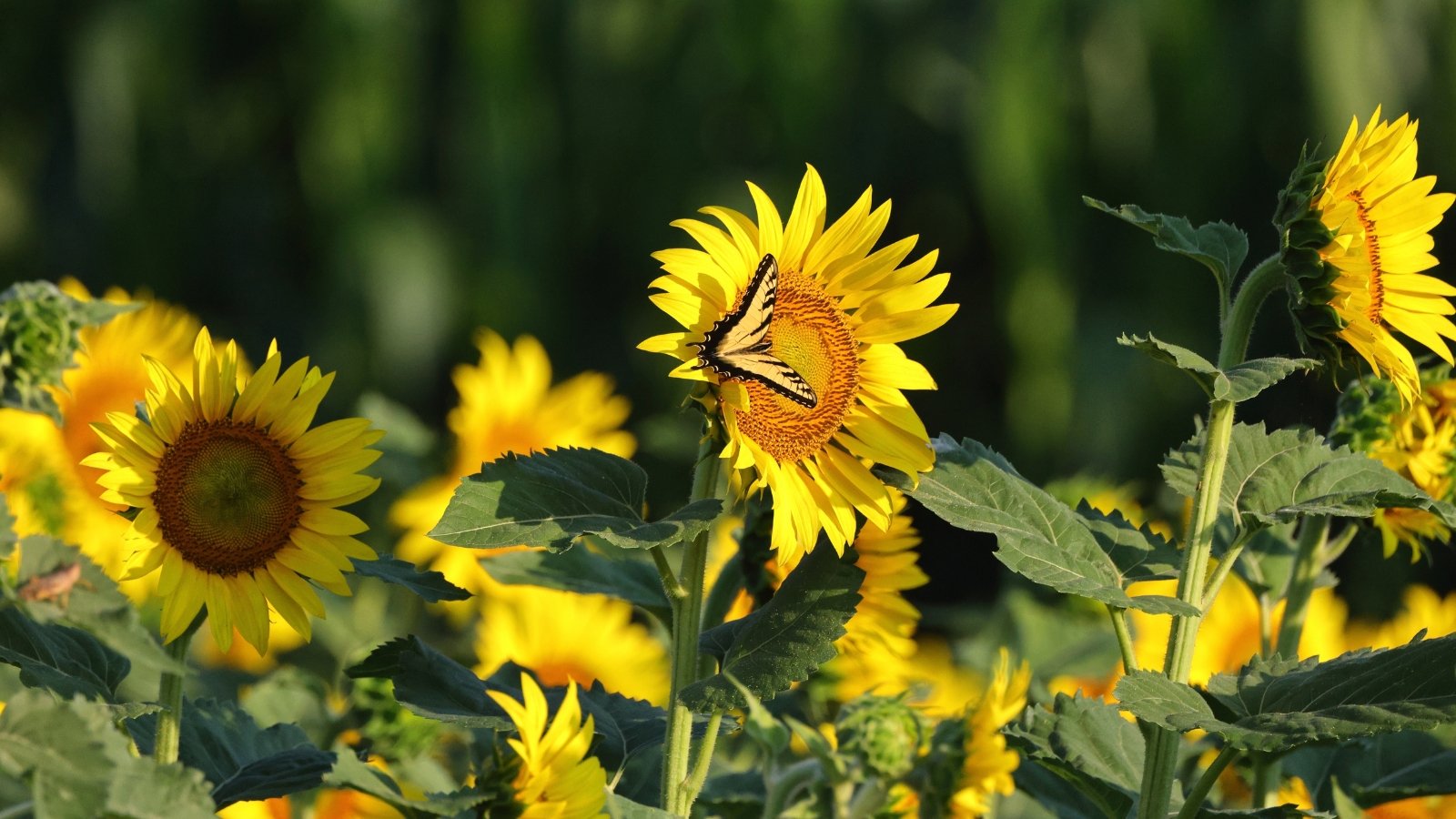
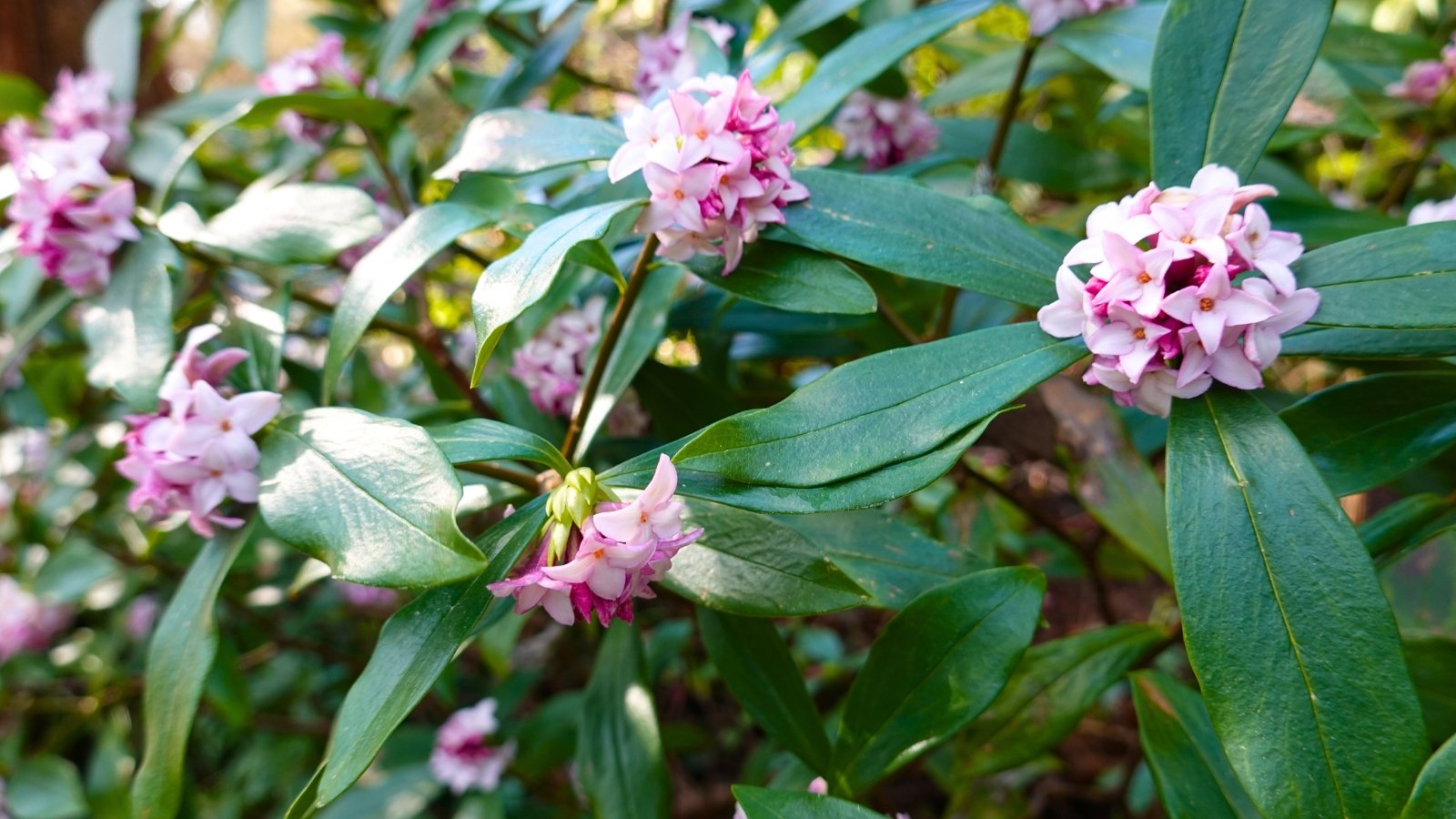
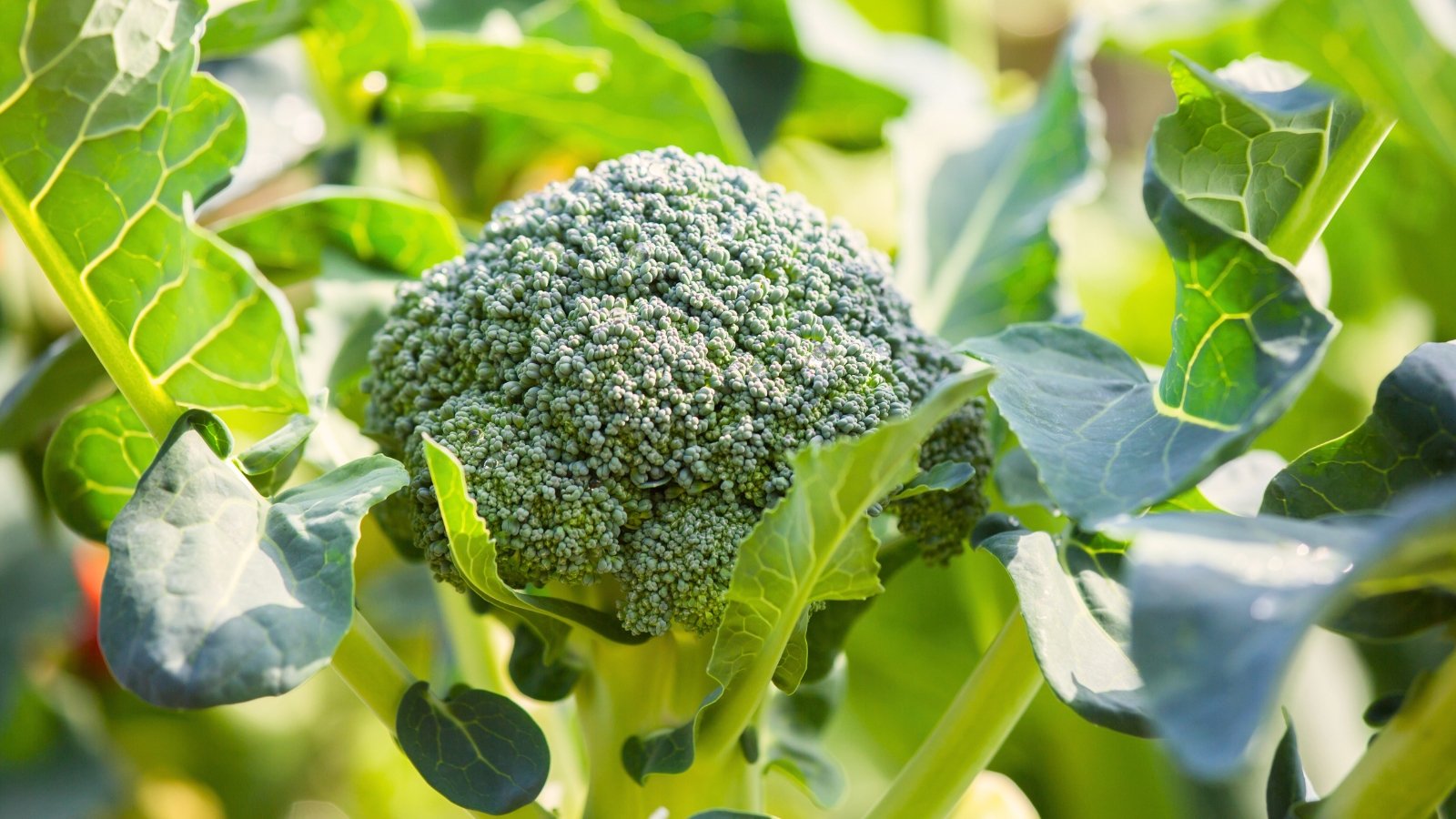

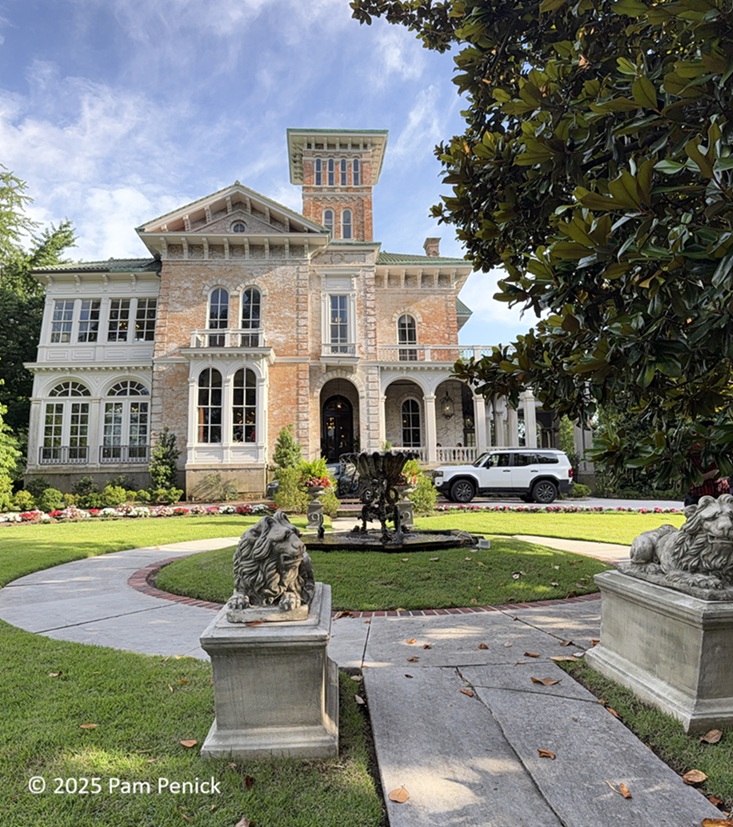
















 English (US) ·
English (US) ·  French (CA) ·
French (CA) ·